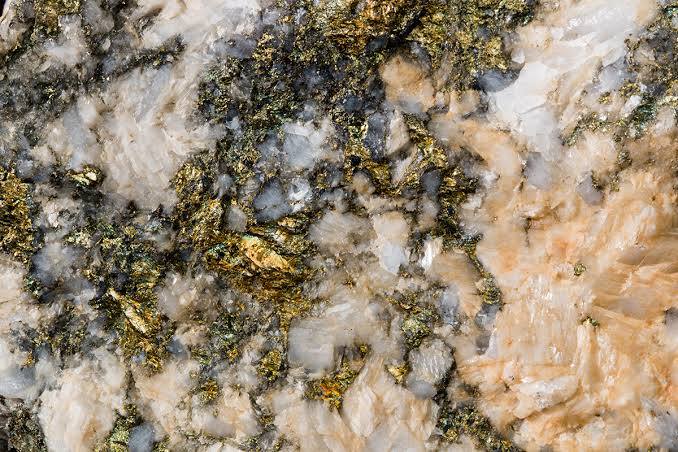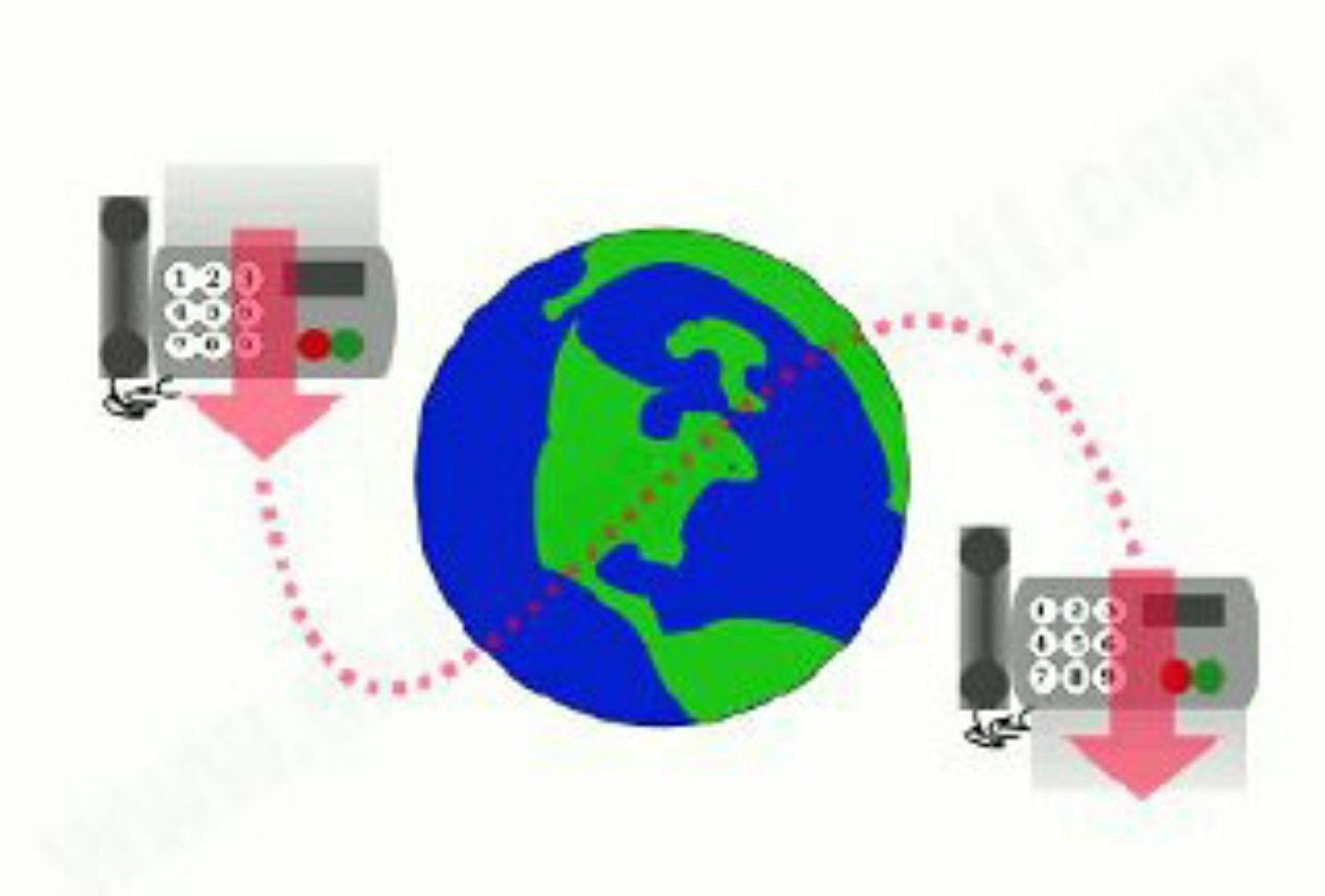
BioMining: Unveiling Nature’s Mining Solution
Introduction:
In an era where environmental sustainability is at the forefront of global concerns, industries are seeking innovative solutions to minimize their ecological footprint. One such innovation gaining traction is BioMining, a process that harnesses the power of microorganisms to extract metals from ores. This article delves into the intricacies of BioMining, exploring its principles, applications, advantages, and future prospects.
Understanding BioMining:
BioMining, also known as biomining or bioleaching, involves the use of microorganisms to extract metals from ores. Unlike traditional mining methods, which often involve extensive excavation and the use of environmentally harmful chemicals, BioMining offers a more eco-friendly approach. By leveraging the metabolic activities of microorganisms, metals are liberated from ores through biological processes.
Principles of BioMining:
At the core of BioMining are the microorganisms themselves, typically bacteria or fungi. These organisms possess the remarkable ability to thrive in extreme environments, including acidic or alkaline conditions, high temperatures, and high pressures. Known as extremophiles, these microorganisms play a crucial role in BioMining by catalyzing the breakdown of minerals in ores.
The process of BioMining can be summarized in several key steps:
- Introduction of Microorganisms: Extremophilic microorganisms are introduced to the ore, either naturally occurring in the environment or added deliberately.
- Metabolic Activity: The microorganisms initiate metabolic processes, which may involve the production of acids, oxidizing agents, or other compounds that facilitate the dissolution of minerals in the ore.
- Mineral Breakdown: As a result of microbial activity, minerals within the ore are broken down, releasing metals into solution.
- Metal Recovery: The metals dissolved in the solution can be collected through various techniques, such as precipitation or ion exchange, for further processing and purification.
Applications of BioMining:
BioMining has found applications in various sectors, including mining, environmental remediation, and metal recovery. Some key applications include:
- Mining Industry: BioMining offers an alternative or complementary approach to traditional mining methods, particularly for low-grade ores or ores located in environmentally sensitive areas. By reducing the need for extensive excavation and chemical processing, BioMining can lower costs and minimize environmental impact.
- Environmental Remediation: BioMining can be used to remediate sites contaminated with metal-rich waste or tailings. By mobilizing and extracting metals from these materials, BioMining helps to mitigate environmental pollution and restore ecosystem health.
- Metal Recovery: In addition to primary metal extraction, BioMining can be employed for secondary metal recovery from waste streams or industrial by-products. This approach contributes to resource efficiency and circular economy principles by recovering valuable metals from otherwise discarded materials.
Advantages of BioMining:
BioMining offers several advantages over traditional mining methods and other metal extraction techniques:
- Environmental Sustainability: Perhaps the most significant advantage of BioMining is its environmental sustainability. By minimizing the use of chemicals and energy-intensive processes, BioMining reduces the ecological footprint associated with metal extraction.
- Cost-Effectiveness: In many cases, BioMining can be more cost-effective than traditional mining methods, especially for low-grade ores or ores located in remote or environmentally sensitive areas. The reduced need for infrastructure and the elimination of chemical inputs can lower operational costs.
- Accessibility: BioMining can access ores that are not economically viable or environmentally feasible to extract using conventional methods. This includes low-grade ores, refractory ores, and ores located in environmentally sensitive regions.
- Selectivity: Microorganisms employed in BioMining exhibit selectivity towards certain metals, allowing for targeted extraction and separation. This selectivity can enhance the efficiency of metal recovery and reduce the need for downstream processing.
Challenges and Limitations:
Despite its promise, BioMining also faces challenges and limitations that must be addressed for widespread adoption:
- Process Optimization: The efficiency of BioMining processes depends on various factors, including microbial activity, ore characteristics, and environmental conditions. Optimizing these parameters to maximize metal recovery and minimize process duration remains a challenge.
- Scale-Up: Scaling BioMining processes from laboratory or pilot-scale to industrial-scale operations presents technical and logistical challenges. Ensuring consistent microbial activity, maintaining process stability, and managing large volumes of ore are key considerations.
- Environmental Concerns: While BioMining offers environmental benefits compared to traditional mining methods, concerns remain regarding the release of potentially toxic compounds during mineral dissolution. Proper monitoring and mitigation strategies are necessary to address these concerns.
Future Prospects:
Despite challenges, the future outlook for BioMining is promising, driven by ongoing research and technological advancements. Key areas of development include:
- Microbial Engineering: Advances in microbial engineering and biotechnology hold the potential to enhance the efficiency and selectivity of BioMining processes. By designing microorganisms with tailored metabolic capabilities, researchers aim to optimize metal extraction and overcome process limitations.
- Integrated Approaches: Integrating BioMining with other sustainable mining practices, such as in situ leaching or mine tailings reprocessing, can enhance overall resource recovery and minimize environmental impact. These integrated approaches represent a holistic approach to sustainable mining practices.
- Commercialization and Adoption: As awareness of environmental issues grows and regulatory pressures increase, there is a growing incentive for industries to adopt sustainable mining practices, including BioMining. Continued research, demonstration projects, and collaborations between academia, industry, and government can accelerate the commercialization and widespread adoption of BioMining technologies.
Conclusion:
BioMining represents a promising paradigm shift in the field of mining and metal extraction, offering a sustainable and eco-friendly alternative to conventional methods. By harnessing the natural capabilities of microorganisms, BioMining holds the potential to reduce environmental impact, lower costs, and expand access to valuable metal resources. While challenges remain, ongoing research and technological innovations are paving the way for the widespread adoption of BioMining as a key pillar of sustainable resource management.












